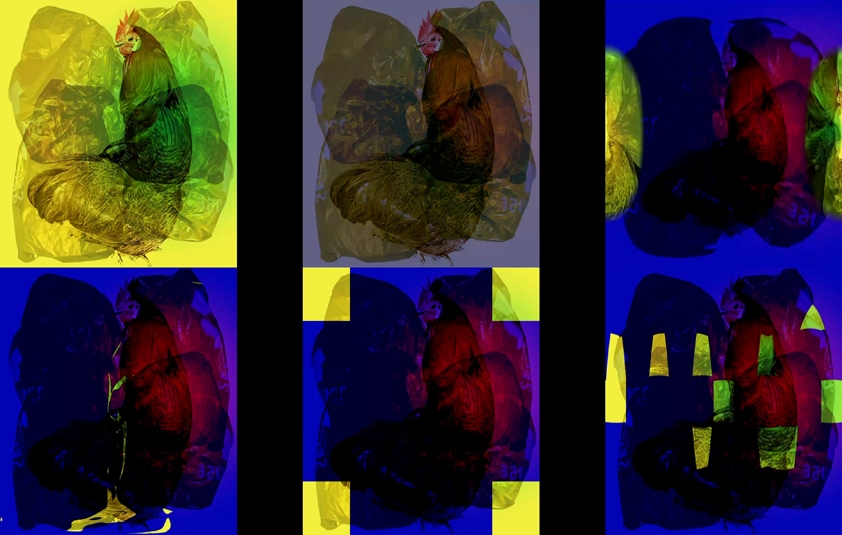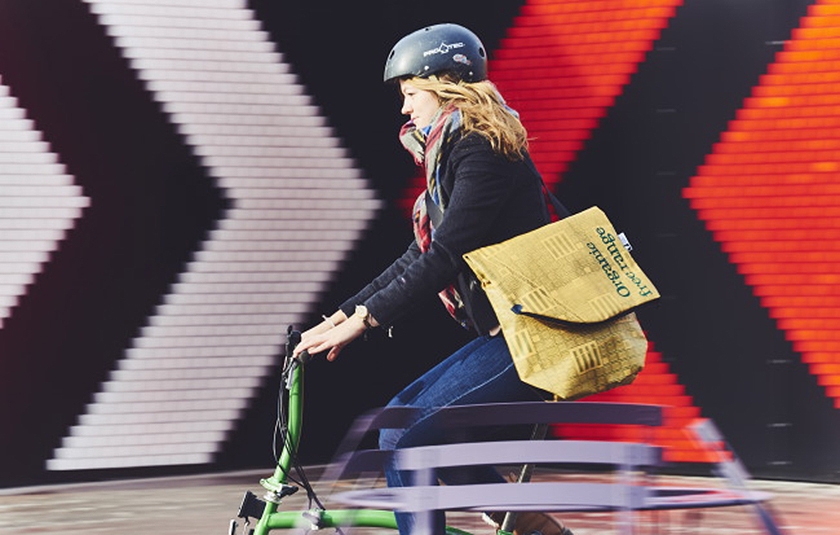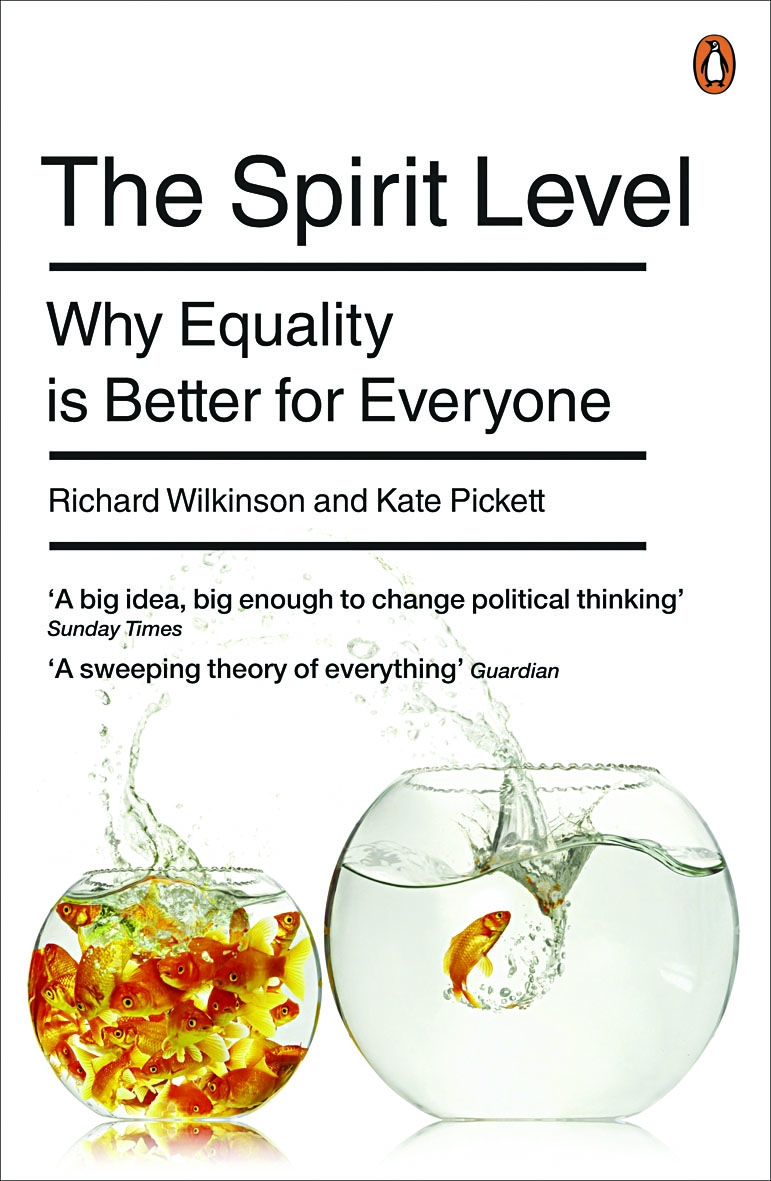A museum is already holding a retrospective of her work, which looks set to be regarded as one of the most important female designers of her generation, Hella Jongerius has built a career from perfecting the art of imperfection. The Dutch designer’s unique style of blending design with craft, art with technology and the traditional with the contemporary has gained her cult status among design enthusiasts.
Born in 1963 in De Meern in the Netherlands, Hella initially studied carpentry, but discovered early on that she was more interested in the design aspect of creating objects than the actual making of them. ‘I liked the idea of being creative within boundaries,’ she says. ‘As a result, I knew that the path I wanted to follow wasn’t either in art or craft, but would be in design.’
In 1993, after graduating from the Academy for Industrial Design, Eindhoven, Hella founded her own design studio, Jongeriuslab, which still operates today, specialising in the production of textiles, ceramics and furnishings.
The pivotal point in her career came when one of her creations, a bath mat featuring drops of water made from polyurethane, captured the attention of the now legendary design collective Droog Design. Impressed by her work, they invited her to participate in their first Droog Design exhibition at the 1993 Salone Internazionale del Mobile in Milan, which helped to launch her name in industrial design.
By exploring the boundaries between handicraft and industrial design techniques, and working on optimising randomness and incorporating what appear to be ‘mistakes’ into her designs, Hella has created her own signature style, which draws attention to the irregularities of her creations. ‘There is often an absence of the hand of the maker in many industrially designed products,’ she says. ‘It is only when you see something designed where the craftsman leaves a mark, some kind of detail, that blood is brought back into the product. It is this imperfection which makes the object special and unique.’
Her most recent work, consisting of coloured vases Series 3, developed in close collaboration with Royal Tichelaar Makkum, is an excellent example of the technique she employs in her designs. Following on from the first two series Series 1 and Series 2, which adopted the use of industrial paints, her new series comprises 300 porcelain vases, coloured with layers of old-fashioned minerals and modern chemical glazes applied in a way which influences their optical blending. Once heated, the result is a spontaneous fusion of colours, providing the viewer with a more enriching visual experience.
‘The marriage of contrasts triggers the imagination,’ Hella believes. ‘A product can seduce by exhibiting a style, technique or shape that we are all familiar with. Based on this foundation, you can twist the product into something contemporary by adding an opposing or unexpected layer.’
Hella’s innovative style has also taken a much more playful approach, in some instances. The artificial flowers Natura Design Magistra she produced as a limited collection for an exhibition at Galerie Kreo in Paris in 2009 involved Hella constructing flowers by hand using grass, leather, wood and paper, which were held in vases made out of ceramic, resin, wood and blown glass. Another of Hella’s commissions, Office Pets, for Vitra Edition in 2007, also generated a similar amount of intrigue. This time, the focus was on three handmade semi-abstract shapes (‘office creatures’) on wheels, using materials associated with the corporate environment.
The homogenisation of products and necessity for excess is not something which motivates Hella, and she makes her feelings about this clear. ‘In general, mass production is very uninteresting, created with an economics ruler in the hand.’ Her feelings are similar when asked whether she follows marketing and trends. ‘They are often too late and too general, a ploy used to treat consumers like dummies. We are too smart for that!’
The design process for Hella is an organic and amorphous one, where she does not set out with a rigid outcome in mind. It is this aspect which she finds most rewarding about her work. ‘I have no idea what I’m looking for. That’s the joy in designing – when I surprise myself.’ A number of preoccupations motivates her work on a daily basis. ‘Every day brings something new; being in a creative flow, modelling by hand, sitting behind a computer, walking from one project to the other – mostly in silence,’ she expresses. ‘Some projects I will make good progress in during a day, and with others, I will find them stewing in my brain for a while, and then suddenly I will find a new path.’
Jongeriuslab has a diverse client portfolio that has previously included Cibone (Tokyo), Vitra (Basel), Maharam (New York), Belux (Basel), Royal Tichelaar Makkum (NL), Nymphenburg Porcelain Manufactory (München), Swarovski (London), Camper, Cappellini (Milan) and Droog Design (NL). Hella has also collaborated with IKEA (Sweden) on two bespoke projects: the OS Jonsberg vases and PS Pelle, Mikkel and Gullspira wallhangings, an IKEA–Unicef project that helps Indian women to earn a living by developing textile pieces from both industrial and craft production.
With over 15 years experience in the industry, and a well-renowned razor-sharp eye for design, Hella instills in her clients a certain confidence, which in return allows her more creative freedom than may perhaps be available to less well-established names within the industry. ‘When it comes to a client’s brief, I always try to imagine myself within the company; I put on my consumer spectacles. I come to a project wanting to innovate with a fresh perspective. I bring new DNA to the company.’ She often takes a head-on approach when working on a client brief. ‘First, I rephrase the question, and then I start working on the project model with my hands. I photograph it, work on it further using the computer, go back to building a 1:1 model, manipulate this further using computer software and keep ping-ponging between these different stages until the design is right.’
In Hella’s experience, sustainable design is mainstream among her clients. However, in some cases, if the wheels of the design process have been set in motion at an early stage, any changes made later on can be difficult to implement at an industrial level. As far as Jongeriuslab is concerned, sustainability is something which is deeply woven into their work ethos. ‘We have it in our DNA to work as cleanly as possible, and will push this where we can,’ she says. ‘I always like to think that my products will last for longer than at least one generation.’
The design studio has always been based in Rotterdam, but two years ago, Hella took the decision to move to Berlin by herself in search of headspace and autonomy. ‘I had been working for ten years with a team of people in Rotterdam. I wanted to research and study, get away from being a people manager,’ she expresses. ‘The team are still everywhere, but just not in my space. We still all work together, but we do this at a distance. For me, I find it a luxury to have time and silence in which to get lost in order to find the answers to questions.’
To celebrate her work, the Museum Boijmans Van Beuningen in Rotterdam is currently hosting her first retrospective exhibition, simply entitled Hella Jongerius – Misfits, which runs until mid-February 2011. The exhibition also coincides with the launch of a monograph of the same name, published by Phaidon Press. The exhibition features an impressive collection of Hella’s work over the years, including the aforementioned 300 vases, designs for the B-Set, Long Neck and Groove Bottles, Repeat fabrics, Nymphenburg Sketches, the Polder Sofa, IKEA vases and the Frog Table.
Although diverse in its range, Hella feels that her work has always taken a similar path. ‘What surprised me most by seeing all the work together is that you realise there isn’t a big difference between the industrial and the experimental work, or between the early and the more recent work. It’s been quite constant; like a strong handwriting feature.’
Hella’s innovative designs have won her several prestigious awards and prizes, including the Rotterdam Design Prize for Repeat (2003) and the Créateur de l’Année Award (2004). Her work is represented in the collections of international museums and galleries, including the Museum of Modern Art in New York; the Cooper-Hewitt National Design Museum in New York; Galerie Kreo in Paris and the Design Museum in London. She has also previously lectured at Design Academy, Eindhoven (1998–1999) and has served as Head of Department of the Living/Atelier faculty at the Academy (2000–2004).
Having achieved so much already, what does Hella see next on the horizon? To this, she simply replies, ‘Tomorrow.’ Tomorrow it may well be, but in her tomorrow, there are without a shadow of doubt some truly unique and magnificent ideas waiting to be made manifest.













